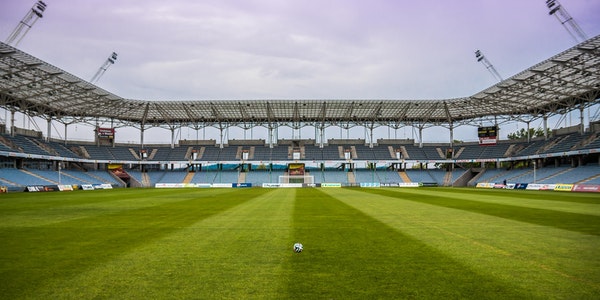2. Feedback from players and coaches
Let’s explore the feedback received from players and coaches regarding the implementation of LED sports lighting in the two case studies.
Case Study 1: The Allianz Arena, Munich, Germany
Feedback from Players:
- Improved Visibility:
Players expressed appreciation for the enhanced visibility provided by the new LED lighting system, noting improved clarity in identifying teammates, opponents, and the ball.
Reduced glare and shadows on the pitch contributed to a more consistent and predictable playing environment, allowing players to make better decisions during matches.
- Enhanced Safety and Comfort:
Players reported feeling safer and more confident on the pitch under the bright and uniform LED lighting, with fewer concerns about collisions or misjudgments due to poor visibility.
The reduction in glare and flicker minimized eye strain and fatigue, contributing to a more comfortable playing experience, particularly during evening matches.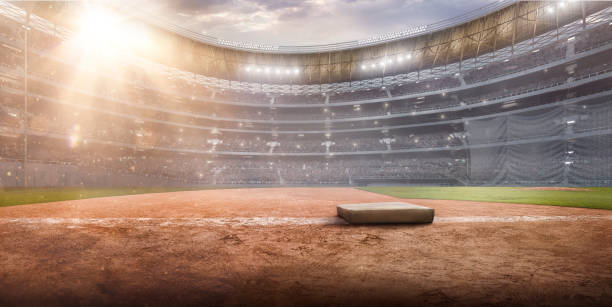
Feedback from Coaches:
- Positive Impact on Performance:
Coaches observed improvements in player performance and decision-making attributed to the superior visibility provided by the LED lighting system.
Clearer communication and coordination among players were noted, leading to more effective team strategies and gameplay execution.
- Safety and Injury Prevention:
Coaches appreciated the safety benefits of the new lighting system, noting a decrease in the number of on-field incidents and injuries associated with poor visibility or lighting-related issues.
Enhanced visibility allowed coaches to monitor player movements and positioning more effectively, enabling proactive injury prevention measures.
Case Study 2: Wimbledon Tennis Championships, London, United Kingdom
Feedback from Players:
- Improved Ball Tracking and Timing:
Tennis players remarked on the superior ball visibility and tracking facilitated by the LED court lighting, leading to more accurate shot execution and timing.
The consistency and clarity of lighting across different courts were praised for providing a reliable playing environment conducive to optimal performance.
- Reduced Eye Fatigue:
Players noted a decrease in eye fatigue and strain during matches played under the LED lighting, attributed to the flicker-free operation and superior color rendering of the fixtures.
Enhanced visual comfort allowed players to maintain focus and concentration throughout matches, contributing to improved stamina and mental resilience.
Feedback from Coaches:
- Enhanced Training and Analysis:
Coaches appreciated the improved visibility and clarity provided by the LED court lighting during training sessions and match analysis.
Clearer visibility of player movements and shot trajectories facilitated more insightful coaching observations and feedback, leading to more targeted skill development strategies.
- Positive Impact on Player Performance:
Coaches observed a correlation between the improved lighting conditions and enhanced player performance, noting improvements in shot accuracy, reaction times, and overall match outcomes.
The consistent and reliable lighting contributed to a conducive learning environment, enabling players to practice and refine their skills more effectively.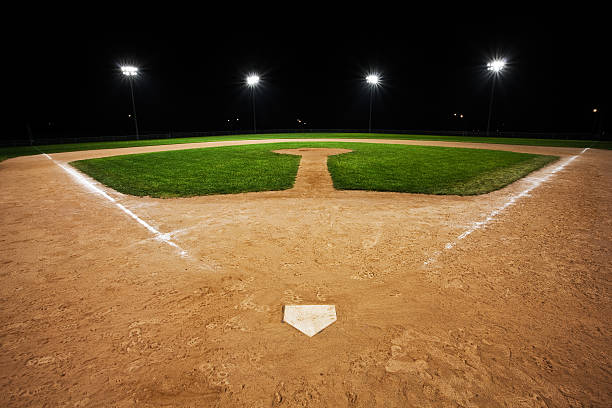 Conclusion:
Conclusion:
Feedback from players and coaches in both case studies overwhelmingly highlights the positive impact of LED sports lighting on visibility, performance, safety, and overall playing experience. Players and coaches alike appreciate the improved clarity, consistency, and comfort provided by LED lighting systems, leading to better gameplay outcomes and reduced injury risks. The implementation of LED lighting technology has not only met regulatory requirements but has also garnered praise and recognition for its significant contributions to enhancing sports facilities and elevating the standards of play in the respective sports venues.
B. Community and Amateur Sports Facilities
1. Cost-benefit analysis
Let’s conduct a cost-benefit analysis for the implementation of LED sports lighting in the two case studies.
Case Study 1: The Allianz Arena, Munich, Germany
Cost Analysis:
- Initial Investment:
Cost of LED lighting fixtures, including procurement, installation, and integration with existing infrastructure.
Expenses associated with professional consultation, design, and project management.
- Operational Costs:
Energy consumption: LED lighting systems typically consume less energy than traditional lighting, resulting in lower electricity bills over the lifespan of the fixtures.
Maintenance: LED fixtures require less frequent maintenance and replacement compared to traditional lighting, leading to reduced maintenance costs over time.
Benefit Analysis:
- Improved Visibility and Safety:
Reduction in on-field incidents and injuries due to enhanced visibility and reduced glare.
Enhanced player performance and gameplay outcomes resulting from improved visibility and comfort under LED lighting.
- Enhanced Spectator Experience:
Increased fan satisfaction and engagement due to better viewing experiences under brighter and more uniform lighting.
Potential for increased ticket sales, merchandise purchases, and sponsorship opportunities resulting from improved stadium aesthetics and reputation.
- Operational Efficiency:
Long-term cost savings from reduced energy consumption and maintenance requirements of LED lighting systems.
Enhanced operational resilience and continuity during emergencies due to integrated emergency lighting features.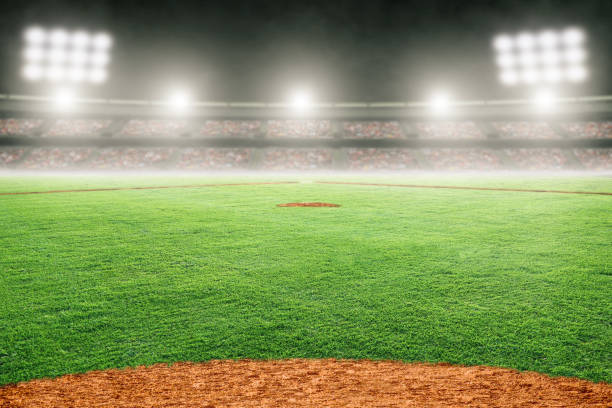 Case Study 2: Wimbledon Tennis Championships, London, United Kingdom
Case Study 2: Wimbledon Tennis Championships, London, United Kingdom
Cost Analysis:
- Initial Investment:
Cost of LED court lighting fixtures, including procurement, installation, and integration with existing infrastructure.
Expenses related to professional consultation, lighting design, and project implementation.
- Operational Costs:
Energy consumption: LED court lighting systems consume less electricity compared to traditional lighting, resulting in ongoing savings in operational expenses.
Maintenance: LED fixtures require minimal maintenance and have longer lifespans, reducing maintenance costs over the system’s lifetime.
Benefit Analysis:
- Improved Performance and Safety:
Enhanced player performance and gameplay quality resulting from improved visibility, ball tracking, and timing under LED court lighting.
Reduction in player fatigue, eye strain, and injuries due to flicker-free operation and superior lighting quality.
- Positive Brand Image and Revenue Generation:
Enhanced reputation and prestige of the Wimbledon Tennis Championships as a premier sporting event with world-class facilities.
Potential for increased ticket sales, broadcasting rights, and sponsorship revenues due to improved player performance and spectator experience.
Conclusion:
Both case studies demonstrate significant benefits associated with the implementation of LED sports lighting, outweighing the initial investment costs over time. The key benefits include improved visibility, enhanced player performance and safety, operational efficiency, and positive brand image. While the upfront costs of LED lighting systems may be higher compared to traditional lighting, the long-term savings in energy consumption and maintenance expenses, coupled with the intangible benefits of improved player and spectator experiences, justify the investment in LED technology for sports facilities. Overall, the cost-benefit analysis highlights LED sports lighting as a valuable investment with substantial returns in terms of safety, performance, and operational efficiency.
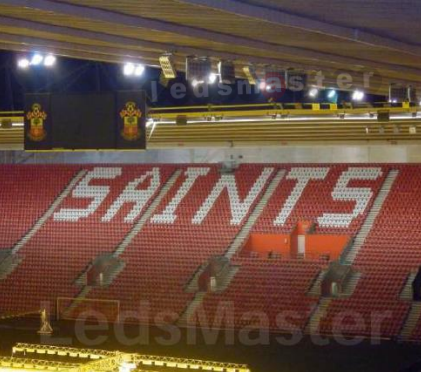 2. Impact on local sports programs
2. Impact on local sports programs
Implementing LED sports lighting in local sports programs can have a profound impact, positively influencing various aspects of community sports. Let’s explore the potential impacts:
- Improved Training Conditions
Enhanced Visibility: LED lighting provides brighter and more uniform illumination, improving visibility during evening practices and allowing athletes to train effectively.
Extended Training Hours: With reliable lighting, local sports programs can schedule training sessions during early mornings or late evenings, accommodating participants’ busy schedules and maximizing training opportunities.
- Enhanced Safety
Reduced Injury Risks: Improved visibility and reduced glare minimize the risk of accidents and injuries, ensuring a safer environment for athletes of all ages and skill levels.
Emergency Preparedness: Integration with emergency lighting systems enhances safety measures, ensuring that local sports facilities are equipped to handle emergencies effectively.
- Increased Participation and Engagement
Attractiveness of Facilities: Upgraded lighting enhances the appeal of local sports facilities, attracting more participants and spectators to community events and games.
Improved Spectator Experience: Better lighting creates a more enjoyable experience for spectators, encouraging community members to attend games and support local teams.
- Performance Enhancement
Skill Development: Improved visibility and training conditions facilitate better skill development for athletes, leading to improved performance and competitiveness in local leagues and tournaments.
Talent Development: Access to high-quality facilities encourages talent retention and development within the community, fostering a culture of sports excellence.
- Cost Savings and Sustainability
Energy Efficiency: LED lighting systems consume less energy, resulting in cost savings for local sports programs over time and contributing to environmental sustainability efforts.
Reduced Maintenance Costs: LED fixtures require less frequent maintenance and replacement, reducing operational costs for community sports organizations.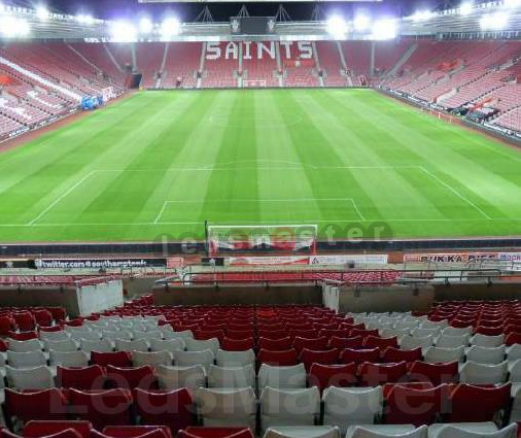
- Community Engagement and Pride
Social Cohesion: Local sports programs serve as hubs for community interaction and social cohesion, bringing people together and fostering a sense of belonging and identity.
Community Pride: Upgraded sports facilities instill pride in the community, showcasing a commitment to supporting local sports and promoting an active lifestyle.
Conclusion
The implementation of LED sports lighting in local sports programs has far-reaching benefits, ranging from improved training conditions and safety to increased participation and community engagement. By investing in high-quality lighting infrastructure, local sports organizations can create inclusive and vibrant environments that promote physical activity, skill development, and social cohesion within the community.
C. School and University Sports Facilities
1. Enhancements in student athlete performance
Implementing LED sports lighting can lead to several enhancements in student athlete performance, both on and off the field. Let’s explore some of the key ways LED lighting can contribute to improved performance:
- Better Visibility and Focus
Enhanced Illumination: LED lighting provides bright, uniform illumination, improving visibility of the playing surface, teammates, and opponents.
Reduced Glare: LED fixtures offer better glare control, minimizing distractions and allowing athletes to maintain focus on the game or training session.
Improved Depth Perception: Clear, consistent lighting helps athletes accurately judge distances and react more effectively to fast-paced movements.
- Enhanced Recovery and Well-being
Natural-Like Lighting: Some LED systems can mimic natural daylight, which has been shown to positively impact mood, energy levels, and circadian rhythms, promoting better sleep patterns and overall well-being.
Reduced Eye Strain: Flicker-free LED lighting reduces eye strain and fatigue, allowing athletes to train and compete for longer periods without discomfort.
- Extended Training Opportunities
Flexible Scheduling: With reliable LED lighting, training sessions can be scheduled during early mornings or evenings, accommodating students’ academic schedules and maximizing training opportunities.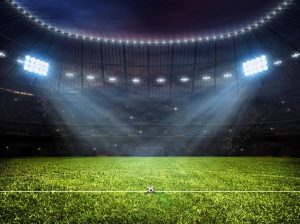 Consistent Conditions: Regardless of the time of day, LED lighting ensures consistent lighting conditions, allowing athletes to train at optimal levels regardless of external factors such as weather or daylight.
Consistent Conditions: Regardless of the time of day, LED lighting ensures consistent lighting conditions, allowing athletes to train at optimal levels regardless of external factors such as weather or daylight.
- Enhanced Performance Tracking and Analysis
Improved Video Analysis: LED lighting provides consistent and accurate lighting conditions for video recording and analysis, allowing coaches to assess athlete performance more effectively and identify areas for improvement.
Real-Time Feedback: With better visibility, coaches can provide immediate feedback to athletes during training sessions, helping them make adjustments and refine their techniques in real time.
- Injury Prevention
Improved Visibility of Hazards: LED lighting reduces shadows and enhances visibility of potential hazards on the playing surface, helping athletes avoid slips, trips, and other injuries.
Enhanced Warm-up and Cool-down Areas: Well-lit warm-up and cool-down areas contribute to proper preparation and recovery, reducing the risk of injuries during training and competition.
- Mental Preparation and Confidence
Psychological Impact: High-quality LED lighting can create an atmosphere of professionalism and focus, helping athletes mentally prepare for competitions and instilling confidence in their abilities.
Positive Environment: Well-lit training facilities create a positive environment that fosters motivation, teamwork, and a strong sense of camaraderie among student athletes.
Conclusion
LED sports lighting can significantly enhance student athlete performance by providing better visibility, promoting recovery and well-being, extending training opportunities, facilitating performance tracking and analysis, preventing injuries, and fostering a positive mental attitude. By investing in advanced lighting technology, educational institutions can create an environment that supports the holistic development and success of student athletes both on and off the field.
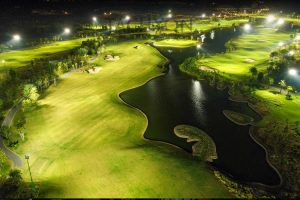 2. Safety improvements for young athletes
2. Safety improvements for young athletes
Implementing LED sports lighting can contribute to several safety improvements for young athletes, ensuring a secure and conducive environment for their training and competition activities. Here are some key safety enhancements associated with LED lighting:
- Enhanced Visibility and Clarity
Brighter Illumination: LED lighting provides brighter and more uniform illumination, improving visibility of the playing surface, equipment, and surrounding areas.
Reduced Shadows and Glare: LED fixtures offer better glare control and reduced shadows, minimizing visual distractions and allowing young athletes to focus more effectively on their movements and the game.
Clearer Visibility of Hazards: Improved lighting conditions make it easier for young athletes to identify potential hazards, such as uneven terrain or obstacles, reducing the risk of trips, slips, and falls.
- Reduced Risk of Eye Strain and Fatigue
Flicker-Free Operation: LED lighting systems operate without flicker, reducing eye strain and fatigue, particularly during extended training sessions or competitions.
Consistent Lighting Quality: LED fixtures provide consistent lighting quality and color rendering, ensuring a comfortable and visually stable environment for young athletes to perform at their best.
(To Be Continued)

